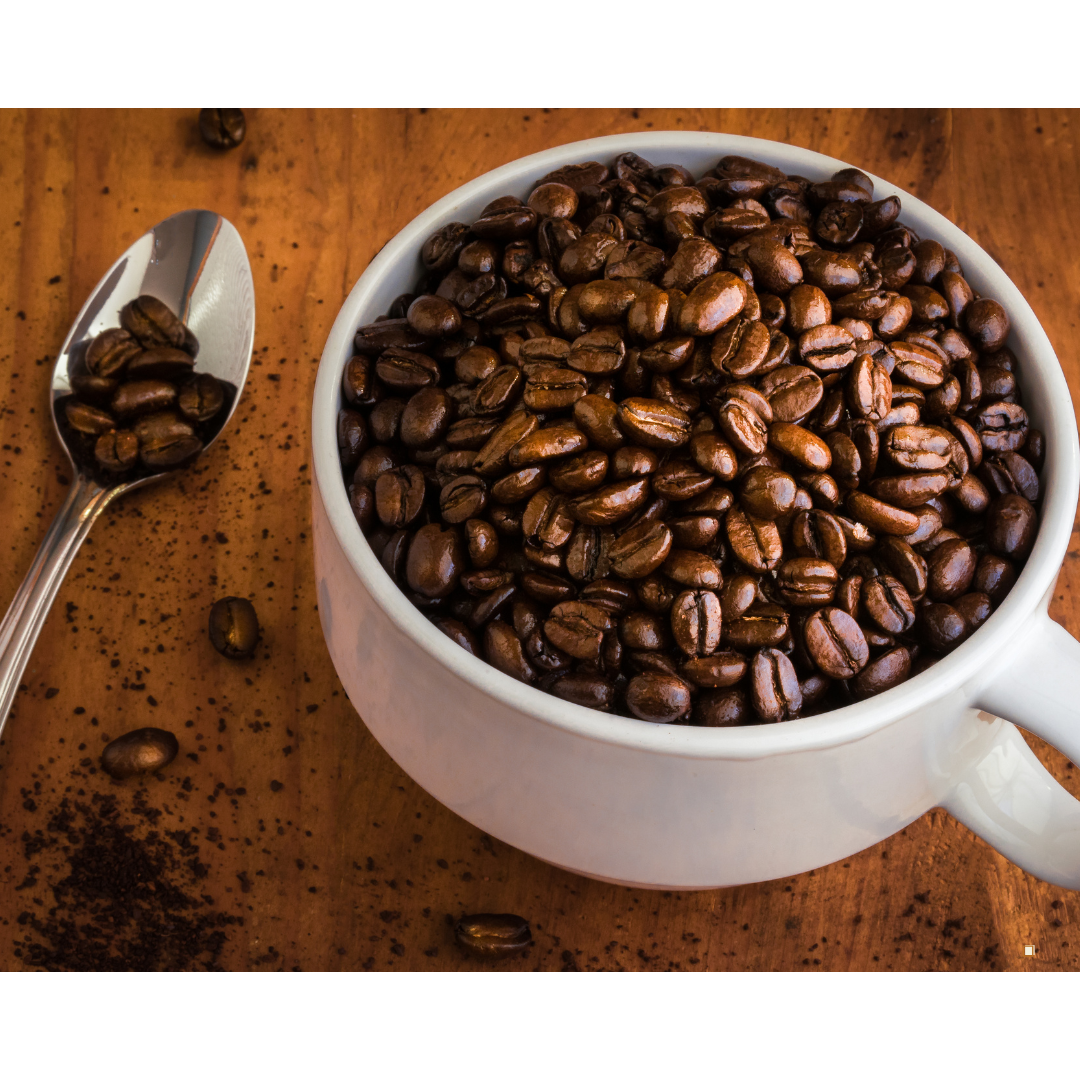
Tasting Notes: What to Expect from a Quality Whole Bean Decaf Coffee
For coffee lovers who want to savor the rich flavors of coffee without the caffeine, whole bean decaf coffee can be an excellent choice. However, some misconceptions surround decaf, often leading to doubts about whether it can deliver the same enjoyable experience as regular coffee. Thankfully, advancements in decaffeination methods and a focus on high-quality beans have elevated the flavor profiles of decaf coffee. This guide explores what tasting notes you can expect from a top-notch decaf brew and why choosing the right beans and roast can make all the difference.
The Decaffeination Process and Its Impact on Flavor
Understanding the decaffeination process is essential for appreciating the tasting notes of decaf coffee. During this process, caffeine is removed from the beans, often through methods like the Swiss Water Process, CO2 extraction, or solvent-based techniques. Each method affects the bean’s flavor profile differently, but modern processes are designed to preserve as much of the original taste as possible.
The goal is to retain the bean’s natural complexity, ensuring that the coffee remains flavorful, aromatic, and enjoyable. High-quality decaf coffee will have tasting notes that reflect the origin of the beans and the roast profile, offering a satisfying cup without the jitters.
Bright and Lively Acidity
One of the first things you might notice when tasting quality decaf coffee is the acidity. In coffee terms, acidity doesn’t refer to the pH level but rather the bright, crisp, and vibrant flavors that give coffee its liveliness. Depending on the origin, decaf coffee can feature a range of acidic notes, from citrusy lemon and orange to more complex berry-like flavors. These bright notes are especially prominent in decaf coffee made from beans grown in high-altitude regions, where the cooler climate contributes to the development of acidity.
The decaffeination process can sometimes mellow these acidic notes, but a well-preserved decaf will still offer a lively and engaging experience. Light and medium roasts tend to highlight these flavors, making them a great choice for coffee drinkers who enjoy a bright and refreshing cup.
Rich and Sweet Caramel Undertones
A common tasting note in decaf coffee is a rich, caramel-like sweetness. This sweetness often comes from the Maillard reaction, a chemical process that occurs during roasting, which brings out the sugars and caramelizes them. As a result, you might taste flavors reminiscent of toffee, brown sugar, or molasses. These sweet undertones add a layer of complexity to the coffee, balancing out the acidity and creating a harmonious cup.
Roasting plays a crucial role in developing these caramel flavors, so decaf coffee roasted to perfection will be smooth and sweet, without the bitterness often associated with over-roasting. Medium to dark roasts will emphasize these sweet notes, making the coffee taste fuller and more decadent.
Nutty and Chocolatey Notes
For those who love warm, comforting flavors, decaf coffee often delivers with nutty and chocolatey undertones. Depending on the origin and roast profile, you might pick up hints of almond, hazelnut, walnut, or cocoa. These flavors add a sense of richness and depth, making the coffee feel more substantial and satisfying. Decaf coffee from regions like Central and South America, where nutty and chocolatey flavors are common, can be especially enjoyable for those who prefer a classic coffee experience.
The decaffeination process can sometimes alter these flavors, but a high-quality decaf will retain a rich, well-rounded profile that doesn’t taste flat or bland. Darker roasts are particularly good at highlighting these flavors, so if you enjoy a robust, chocolatey cup, look for decaf beans with a darker roast.
Fruity and Floral Delicacy
Another delightful aspect of decaf coffee is the potential for fruity and floral tasting notes. Beans from regions like Ethiopia or Kenya often have complex, fruit-forward profiles, with flavors ranging from blueberry and blackcurrant to jasmine and lavender. Even after decaffeination, these beans can retain their signature flavors, offering a unique and aromatic experience.
Light roasts are ideal for showcasing these delicate flavors, allowing the natural characteristics of the beans to shine through. If you’re a fan of floral and fruity coffee, look for decaf options from these regions and prepare them using methods like pour-over or AeroPress to bring out their complexity.
What to Look for in Quality
When selecting whole bean decaf, it’s essential to consider a few key factors to ensure you’re getting a high-quality product. First, look for decaf that is freshly roasted and ethically sourced. Freshness is crucial for flavor, so choosing a roaster that prioritizes small-batch roasting and sustainable practices will make a noticeable difference.
Also, pay attention to the decaffeination method used. The Swiss Water Process, for example, is known for being chemical-free and preserving the bean’s natural flavor. Beans processed with this method often have a clean and pure taste, making them a favorite among decaf enthusiasts.
Pairing Whole Bean Decaf Coffee with Food
Pairing whole bean decaf coffee with the right foods can elevate your coffee experience. The nutty and chocolatey notes found in many decaf coffees pair wonderfully with desserts like brownies, chocolate chip cookies, or pecan pie. The caramel sweetness can also complement savory dishes, such as a hearty breakfast of pancakes with maple syrup or a cheese platter with aged gouda.
For a lighter, fruitier decaf coffee, consider pairing it with fresh fruits, pastries, or a lemon tart. The acidity in the coffee will balance the sweetness of the fruit, creating a refreshing and vibrant flavor combination.
Brewing Tips for Getting the Most Out of Your Whole Bean Decaf Coffee
Brewing methods play a significant role in how decaf coffee tastes. To get the best flavor from your whole bean decaf coffee, experiment with different brewing techniques. A French press will produce a full-bodied and rich cup, while a pour-over method will highlight the coffee’s delicate and nuanced flavors.
Remember to use freshly ground beans and filtered water to enhance the taste. Adjusting your grind size, brew time, and water temperature can make a big difference, so don’t be afraid to tweak your recipe to find your perfect cup. Whether you prefer a bold, chocolatey brew or a light, fruity experience, whole bean decaf can offer a flavorful and satisfying journey.

